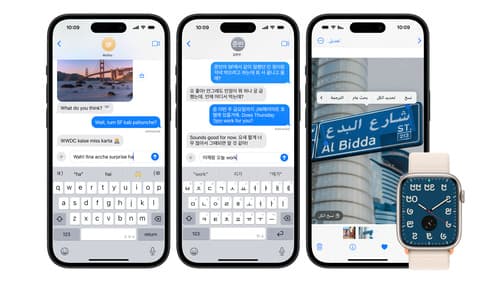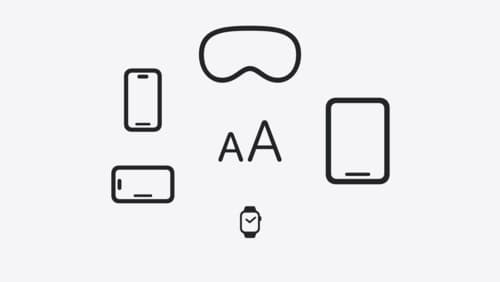Character frame
Asked on 2024-10-03
1 search
It seems like you're interested in character frames, which might relate to how text and images are displayed within an app. At WWDC 2024, several sessions touched on related topics:
-
Build multilingual-ready apps: This session discusses the importance of setting "clips to bounds" to false for labels or text views to ensure text in various languages renders correctly, even if it extends outside the view bounds. This is crucial for maintaining legibility across different languages and scripts.
-
Get started with Dynamic Type: This session highlights how to adapt app layouts dynamically in response to text size changes, ensuring that content remains accessible and readable, especially when using larger accessibility text sizes.
-
Bring expression to your app with Genmoji: This session introduces Genmoji, which allows for custom emoji creation and integration into apps. It discusses using NSAdaptiveImageGlyph for custom typesetting solutions, which could be relevant if you're considering how to handle character frames for expressive images.
-
Migrate your TVML app to SwiftUI: This session covers how to use SwiftUI to create flexible layouts, such as shelves and catalogs, which can dynamically adjust based on content size and screen dimensions.
If you have a specific question about character frames or need a timestamp for a particular topic, please let me know!

Build multilingual-ready apps
Ensure your app works properly and effectively for multilingual users. Learn best practices for text input, display, search, and formatting. Get details on typing in multiple languages without switching between keyboards. And find out how the latest advances in the String Catalog can make localization even easier.

Get started with Dynamic Type
Dynamic Type lets people choose their preferred text size across the system and all of their apps. To help you get started supporting Dynamic Type, we’ll cover the fundamentals: How it works, how to find issues with scaling text in your app, and how to take practical steps using SwiftUI and UIKit to create a great Dynamic Type experience. We’ll also show how you can best use the Large Content Viewer to make navigation controls accessible to everyone.

Migrate your TVML app to SwiftUI
SwiftUI helps you build great apps on all Apple platforms and is the preferred toolkit for bringing your content into the living room with tvOS 18. Learn how to use SwiftUI to create familiar layouts and controls from TVMLKit, and get tips and best practices.
